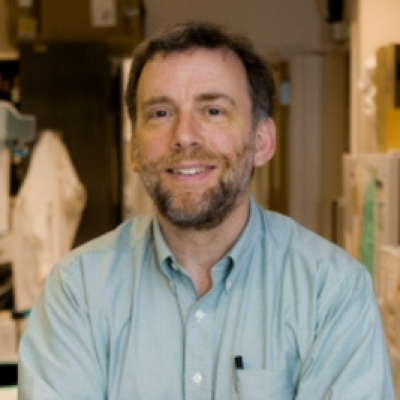Paul S. Masters
PhD, Brandeis University
Postdoctoral training: University of California at Santa Barbara
Postdoctoral training: Roche Institute of Molecular Biology

Affiliation: Research Scientist, Wadsworth Center, Molecular Genetics of Coronoviruses, New York State Department of Health
My laboratory studies the molecular biology of coronaviruses, a family of enveloped RNA viruses that cause respiratory, enteric, and neurologic diseases in mammalian and avian hosts. In humans, four endemic coronaviruses are responsible for highly prevalent upper respiratory tract infections. A fifth human coronavirus is the causative agent of severe acute respiratory syndrome (SARS), which emerged from animal reservoirs in 2002 and was eradicated from the human population in 2003. A sixth human coronavirus, discovered in 2012, sporadically crosses the species barrier from a camel reservoir and is the cause of an ongoing, but geographically confined, epidemic called Middle East respiratory syndrome (MERS). Most notably, the seventh human coronavirus, SARS-CoV-2, recently crossed into humans and has caused the pandemic disease COVID-19.
Coronaviruses exhibit many intriguing biological properties, including (generally) a high degree of host and tissue specificity. At the molecular level, these viruses employ a variety of unusual strategies to accomplish a complex program of gene expression. The genomes of coronaviruses are the largest of all the RNA viruses and are among the largest mature RNA molecules known to biology. This has made their genetic manipulation exceptionally difficult.
We developed the earliest reverse genetic system for coronaviruses, using the prototype coronavirus mouse hepatitis virus (MHV). This method transduces targeted site-specific mutations into the MHV genome via recombination with synthetic RNA introduced into infected cells. Coupled with a powerful host-range-based selection system, targeted RNA recombination is a robust and versatile technique. More recently, full-length coronavirus cDNA systems have also become available, allowing reverse-genetic access to the viral replicase gene.
Our research group has been uniquely able to isolate coronavirus mutants harboring severe defects in structural proteins and also in essential genomic RNA structures. Genetic, biochemical, and molecular biological analyses of many of these mutants have revealed formerly unknown details of the network of assembly interactions that are required for coronavirus morphogenesis. Other investigations have uncovered and characterized cis-acting RNA elements in the viral genome that play critical roles in the complex mechanism of transcription and RNA replication. Most recently, our work has focused on the coronavirus genomic RNA packaging signal and the virion protein components responsible for its recognition. Our long-term goal has been to provide basic insights into the coronavirus life cycle that can identify prospective targets for antiviral chemotherapy and enable strategies to optimally manipulate these infectious agents for vaccine design.
Research interests
- Pathways of coronavirus virion assembly
- Genomic RNA structures that govern coronavirus RNA synthesis
- Mechanism of the selective packaging of coronavirus genomic RNA into virions
Research concentration
- Infection and immunity
Selected publications
Masters, P. S. (2019) Coronavirus genomic RNA packaging. Virology 537:198-207. PMID: 31505321. DOI: 10.1016/j.virol.2019.08.03
Kuo, L., Koetzner, C. A., and Masters, P. S. (2016) A key role for the carboxy-terminal tail of the murine coronavirus nucleocapsid protein in coordination of genome packaging. Virology 494:100-107. PMID: 27105451. DOI: 10.1016/j.virol.2016.04.009
Kuo, L., Hurst-Hess, K. R., Koetzner, C. A., and Masters, P. S. (2016) Analyses of coronavirus assembly interactions with interspecies membrane and nucleocapsid protein chimeras. Journal of Virology 90:4357-4368. PMID: 26889024. DOI: 10.1128/JVI.03212-15
Hurst-Hess, K. R., Kuo, L., Masters, P. S. (2015) Dissection of amino-terminal functional domains of murine coronavirus nonstructural protein 3. Journal of Virology 89:6033-6047. PMID: 25810552. DOI: 10.1128/JVI.00197-15
Kuo, L., Koetzner, C. A., Hurst, K. R., and Masters, P. S. (2014) Recognition of the murine coronavirus genomic RNA packaging signal depends on the second RNA-binding domain of the nucleocapsid protein. Journal of Virology 88:4451-4465. PMID: 24501403. DOI: 10.1128/JVI.03866-13


